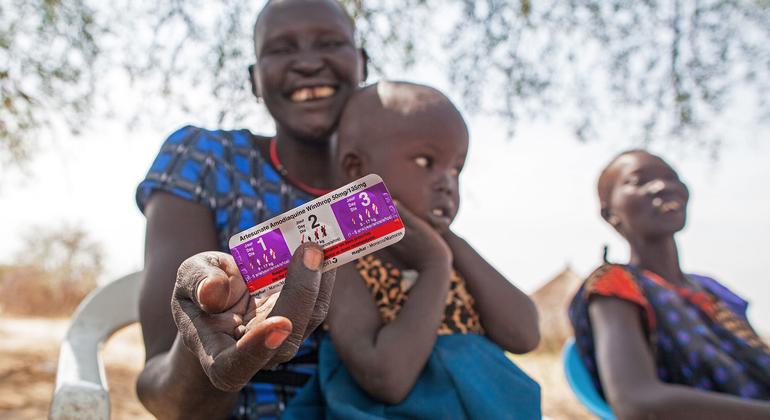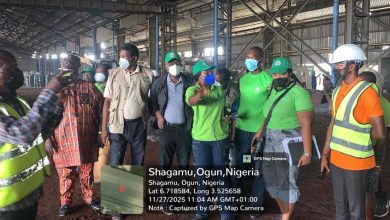Use new tools to save lives, says WHO on World Malaria Day

Tedros Adhanom Ghebreyesus, Director-General of the World Health Organization (WHO) said “We have the tools to drive malaria, summarizing interventions that include vector control, preventive medicines, testing, and treatment.
Taking as your theme for the day – “Time to turn the tide: invest, innovate, implement” – WHO’s call to action in the prevention, diagnosis, and treatment of malaria, especially among isolated populations.
New pilot vaccine
According to WHO’s latest Global Malaria Report, published in December, there are an estimated 247 million new cases of malaria in 2021.
It’s almost enough 1.5 million children are at high risk of illness and death from malaria in Ghana, Kenya and Malawi, have now received their first dose first ever malaria vaccine as part of an ongoing WHO pilot program, the UN health agency reported.
The WHO region of Africa was considered for the estimate 95 per cent of all cases and 96 for all deaths in 2021, the agency said. Locally, it’s almost enough 80 percent of malaria deaths are among children under five years.
Already saving lives
Launched in 2019, malaria vaccine drives are increasing access to prevention tools for the most vulnerable. WHO says they are already saving lives.
If widely implemented, the UN health agency estimates that every year, vaccines could save thousands of lives.
“These are combined with a safe and effective malaria vaccine, which can save the lives of thousands of children each year“The head of the UN health agency said. “With continued investment and scaled-up efforts to reach those most at risk, malaria elimination in many countries is within reach.”
Innovative tools
Countries have made little progress in accessing malaria services for the most at-risk population. Despite some progress, many people at high risk of malaria still do not have access to services that can prevent, detect, and treat the disease, which is spread by mosquito bites.
Challenges in expanding access to malaria services have been compounded, particularly in sub-Saharan Africa, by the COVID-19 pandemic, compounding humanitarian crises, limited funding, weak monitoring systems, and a decline in the effectiveness of tools. fighting malaria, the agency said.
To address these threats and support countries in building more robust malaria systems, WHO recently published a series of new tools: a strategy to prevent antimalarial drugs in Africa; and a framework, jointly developed by WHO and UN-Habitat, to guide city leaders in urban malaria control.
A six-month-old baby was tested for malaria after Cyclone Freddy caused flooding and destruction in Malawi.
Prospects for new interventions
Continued investment in the development and deployment of new vaccines and next-generation tools it will be key to achieving global malaria targets by 2030WHO said.
A second malaria vaccineif approved, could help close the huge gap between supply and demand and further reduce childhood illness and death from malaria, the agency said.
Meanwhile, 28 new products in the research and development pipeline including such innovative tools as new types of insecticide-treated nets, targeted baits that attract mosquitoes, and genetic engineering of mosquitoes.
A health worker holds a malaria vaccine syringe in Ghana during a mass vaccination campaign. (file)







